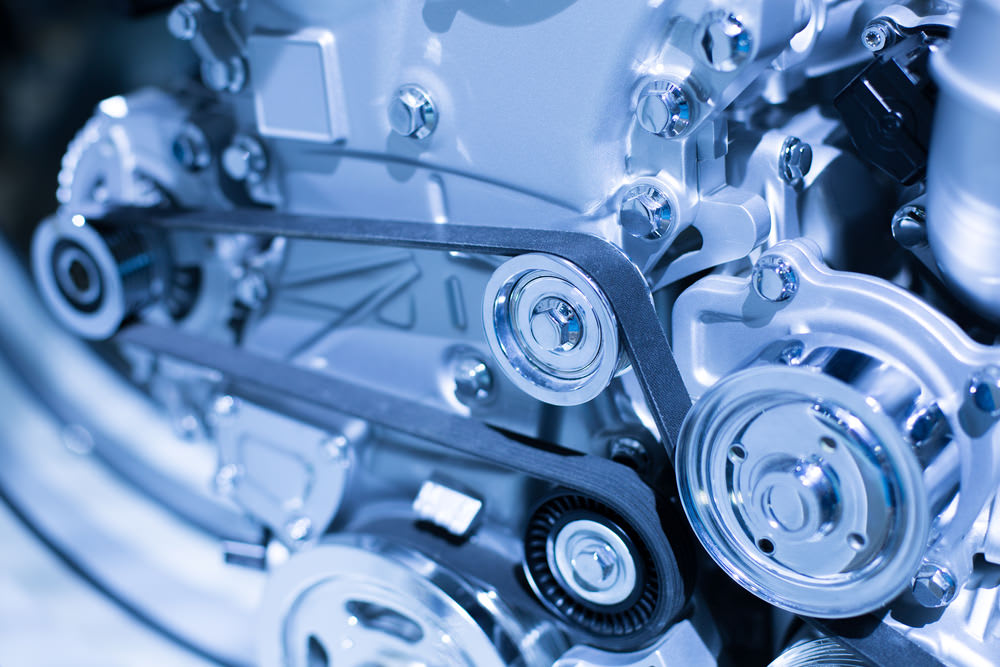

Drive belt problems usually manifest as noise. If you have a noisy drive belt, it’s important to know what’s causing it so that it can be fixed. That means you have to listen. If the drive belt or serpentine belt is chirping or squealing, then chances are that the problem is misalignment.
Noises that indicate your drive belt may be misaligned
So, what is the difference between a chirp and a squeal? A chirp is a repetitive, high-pitched noise that doesn’t last long, and is usually worse when the engine is idling. As the speed of the serpentine belt or drive belt increases, it will probably become nearly inaudible. A squeal, on the other hand, is a chirp that gets louder and increases in volume along with engine speed.
Chirping can be due to misalignment of the drive belt, but could also be due to pulley misalignment, worn pulley bearings, worn belt ribs, contamination from oil, coolant, power steering fluid, brake cleaner, belt dressing, or other substances.
Squealing is usually caused by slipping between the belt and the pulleys. This can be due to idler drag, low installation tension, belt wear, degradation of the tensioner spring, a belt that’s too long, seized bearings, or contaminants of the same type that cause chirping.
Additionally, if the belt is wet from getting splashed, it could lose traction. This is often a tensioning problem.
Professional mechanics can quickly distinguish between chirping and squealing, and can correct the misalignment if that is the cause. Of course noise in the belts could be an indication of other problems, so you should have a mechanic check out the noise and recommend a course of action.



